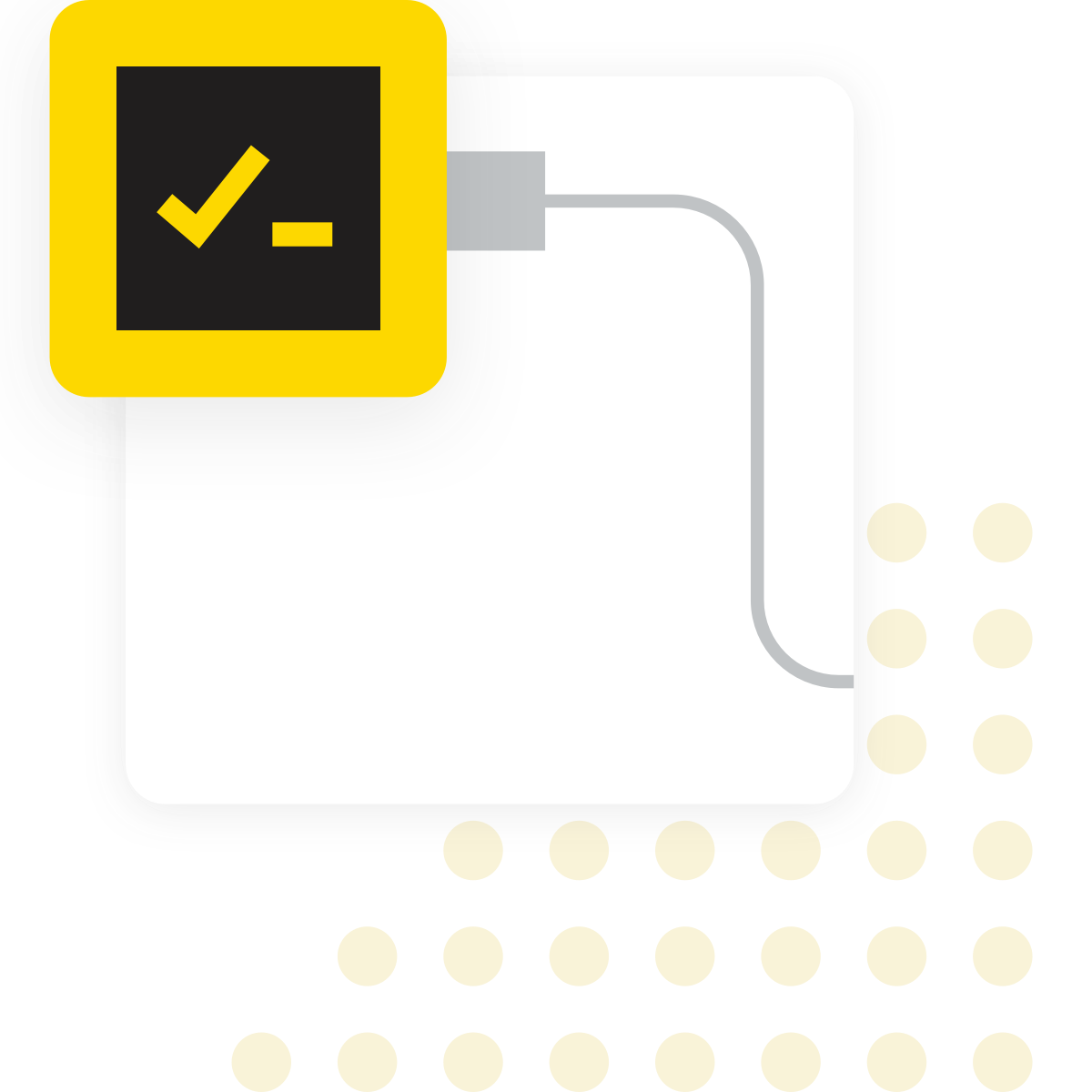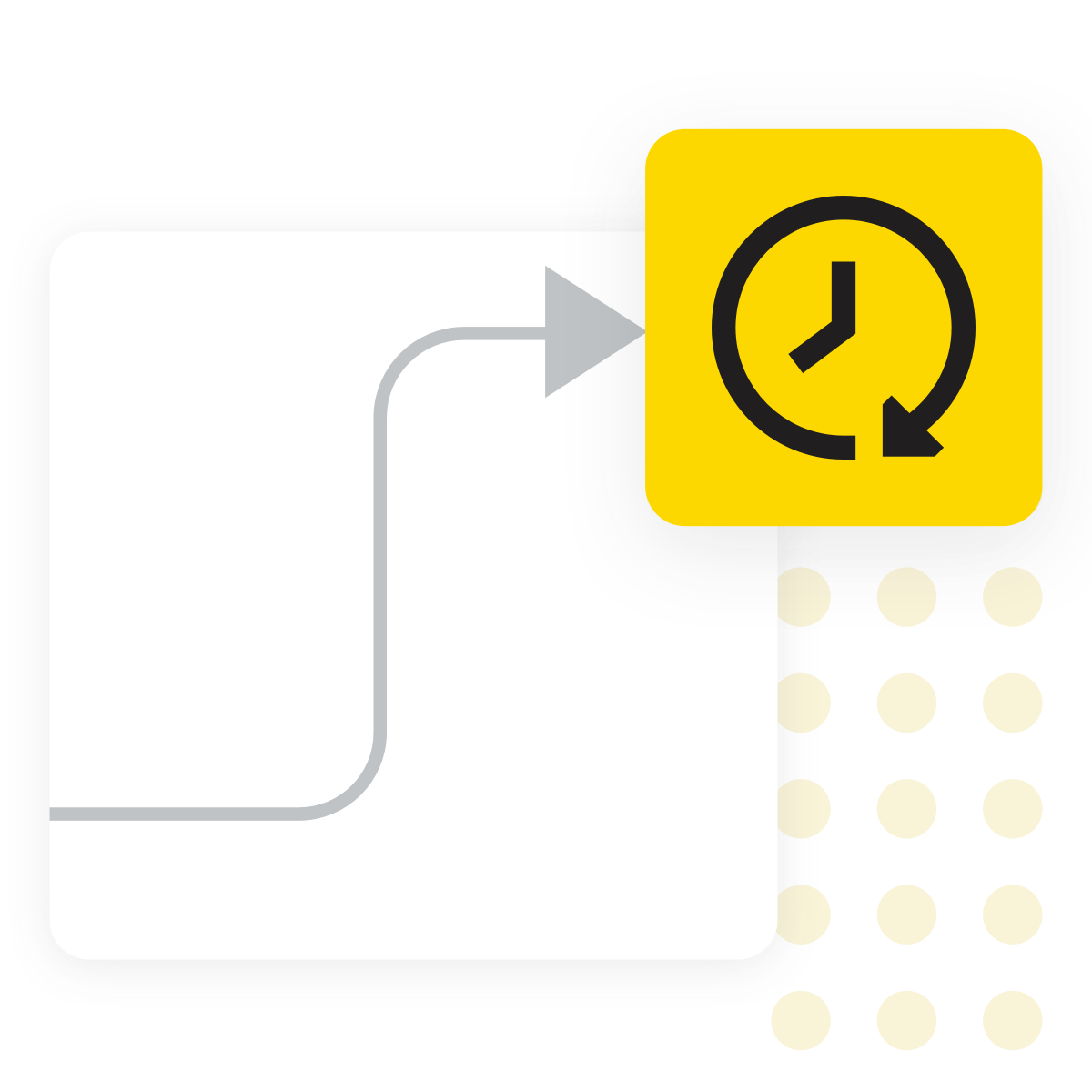Talent Acquisition with KNIME
Use Talent Acquisition analytics to identify top candidates before the interview stage. KNIME helps you turn resumes and job descriptions into actionable insights, making it easier to shortlist the right applicants, reduce time-to-hire, and support fair, data-driven hiring decisions.
KNIME Workflow Example for Talent Acquisition
This Talent Acquisition example workflow provides an automated way to evaluate candidate suitability based on job descriptions using customizable scoring logic. It includes:
- Extract structured information from resumes and job descriptions using KNIME’s Tika Parser and other manipulation nodes. Standardize attributes like skills, education, and experience for analysis.
- Compare candidate resumes against the job description using a scoring model that accounts for skill overlap, title relevance, education, and required vs preferred qualifications. Adjust weightings dynamically with slider widgets based on hiring priorities.
- Select top candidates using a “Top K” parameter, generate a ranked shortlist, and export results along with detailed score distributions for review or decision-making.
Why use KNIME for Talent Acquisition

What is Talent Acquisition?
Talent acquisition refers to the process of attracting, identifying, and selecting candidates whose skills and experience best align with a job opening.

Why does it matter?
Recruiting the right person quickly ensures that roles are filled efficiently and effectively, improving productivity and reducing time-to-hire. Automating parts of this process helps ensure consistency, saves valuable time, and lets HR professionals focus on high‑value decisions.

Typical challenges
- Manually reviewing hundreds of resumes is time‑intensive and prone to inconsistency
- It’s difficult to objectively assess where candidates truly match required vs. preferred skills
- Textual resumes and job descriptions vary widely in wording and terminology
- Scoring and ranking candidates objectively across multiple criteria

Benefits of using KNIME
- Can read resumes and job descriptions from PDFs, DOCX files, folders, Excel, and cloud storage platforms
- Extracts structured data from unstructured text using resume parsers and text processing nodes
- Supports customizable scoring logic across skills, experience, education, and textual similarity
- Visual workflows provide transparency and traceability in candidate evaluation
- Enables interactive interfaces and automation for consistent shortlisting and candidate ranking
How to use KNIME for Talent Acquisition

Data Access and Preprocessing
Place candidate resumes (PDF/DOCX format) into one folder and the job description into another. Using KNIME’s Tika Parser node and manipulation nodes, extract structured elements from the resumes, including skills, education history, work experience, certifications, and job titles. These attributes are standardized for comparison.

Match Score Computation and Scoring Customization
Each resume is compared against the job description. Match scores are calculated based on skill overlap, similarity of job titles, alignment of experience levels, and presence of required vs. preferred qualifications. Slider nodes under widget nodes allow you to adjust the importance (weighting) of each scoring dimension—such as giving more weight to skills or experience—ensuring the total adds up to 100%. This reflects the specific hiring priorities for each role.
How to Get Started
Additional Resources
Talent Aquisition Agent
Identify and rank the best candidates with an intelligent, AI-driven assistant.
Beyond Chatbots: Build an AI Agent for Corporate Content Compliance
Get a practical walkthrough for building agents with KNIME.
FAQ
Yes. The workflow offers sliders(widget nodes) to customize weights—for example, you can emphasize skill overlap more heavily than education or textual similarity.
It accepts resumes and job descriptions in commonly used document formats (.docx, .pdf) by uploading them into designated input folders before running the workflow.
Yes—while the example uses folder-based inputs, the workflow can be extended with connectors to databases, HR platforms, or shared via one of these plans on KNIME Hub as a REST service or data app.
